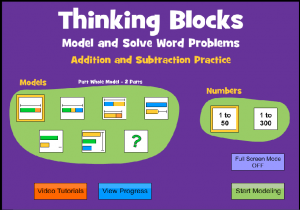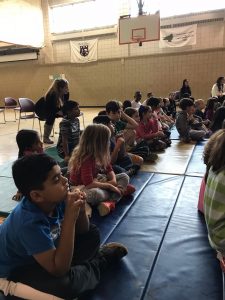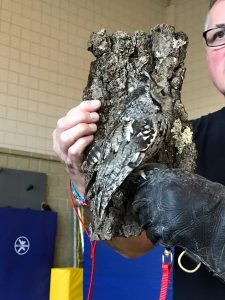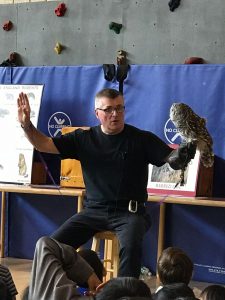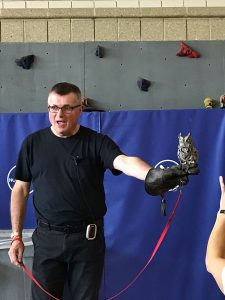Posted by kavery508 | Posted in Uncategorized | Posted on November 6, 2017
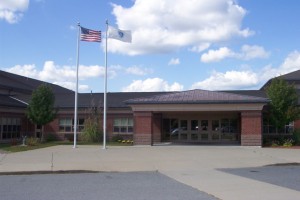 I look forward to our meeting this Thursday! If you still need an appointment, please contact me. I will share with you your child’s reading assessment, math tests, and writing samples, and I’ll discuss progress being made in those areas along with successes and any learning targets. Admittedly, our time is brief! Think of this as another step in our yearlong discussion of your child’s education, and know that I remain available for further communication.
I look forward to our meeting this Thursday! If you still need an appointment, please contact me. I will share with you your child’s reading assessment, math tests, and writing samples, and I’ll discuss progress being made in those areas along with successes and any learning targets. Admittedly, our time is brief! Think of this as another step in our yearlong discussion of your child’s education, and know that I remain available for further communication.
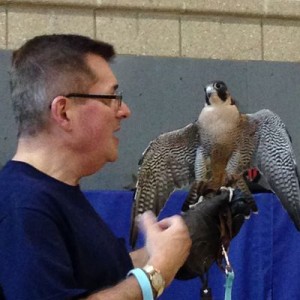 What an amazing presentation was given by animal rehabilitator Jim Parks, who brought us his Wingmasters program this week. Students were highly engaged while learning more about adaptations that help local birds of prey survive. Using live specimens, Jim focused his interactive experience on nocturnal owls, as well as our school mascot: the peregrine falcon! Thanks to our PTO for helping to sponsor this informative and exciting event.
What an amazing presentation was given by animal rehabilitator Jim Parks, who brought us his Wingmasters program this week. Students were highly engaged while learning more about adaptations that help local birds of prey survive. Using live specimens, Jim focused his interactive experience on nocturnal owls, as well as our school mascot: the peregrine falcon! Thanks to our PTO for helping to sponsor this informative and exciting event.
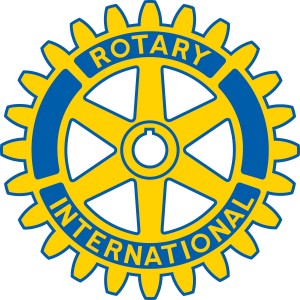 Rotary Readers are coming! In an effort to promote literacy across the town, Members of the Shrewsbury Rotary Club visit today and read to second graders using engaging picture books that are then donated to each classroom’s library! We’re grateful for the organization’s good works.
Rotary Readers are coming! In an effort to promote literacy across the town, Members of the Shrewsbury Rotary Club visit today and read to second graders using engaging picture books that are then donated to each classroom’s library! We’re grateful for the organization’s good works.
 Our reading focus is on learning to use nonfiction text features to make sense of informative texts. Think about a magazine article you’ve recently seen. As accomplished readers, we never just dive in and hope we understand by the end of it; yet, that’s often what kids will do. Instead, we read and think about the title, headings and subheadings, pictures, diagrams, captions, maps, and all the other things that make concepts more comprehensible, all while relating them back to the main idea. This week we will learn many of these features, go hunting for them in text, and use them to improve comprehension. This Reading Mama’s blog puts it well (and is a good source for learning many elements of reading): http://thisreadingmama.com/comprehension/non-fiction/non-fiction-text-structure/ And you can practice using nonfiction text features to improve comprehension with your child by using magazines, websites, informational books, and at http://kids.nationalgeographic.com.
Our reading focus is on learning to use nonfiction text features to make sense of informative texts. Think about a magazine article you’ve recently seen. As accomplished readers, we never just dive in and hope we understand by the end of it; yet, that’s often what kids will do. Instead, we read and think about the title, headings and subheadings, pictures, diagrams, captions, maps, and all the other things that make concepts more comprehensible, all while relating them back to the main idea. This week we will learn many of these features, go hunting for them in text, and use them to improve comprehension. This Reading Mama’s blog puts it well (and is a good source for learning many elements of reading): http://thisreadingmama.com/comprehension/non-fiction/non-fiction-text-structure/ And you can practice using nonfiction text features to improve comprehension with your child by using magazines, websites, informational books, and at http://kids.nationalgeographic.com.
 This week we begin a very important math unit. Chapter 4 focuses on bar models and using them to solve number problems and work algebraically. This way of doing math is extremely useful, and will benefit students greatly in the future when they apply it to multiplication, division, fractions, measurement, and more! As an example, consider the picture below as a way to model this problem: Jim is planning Thanksgiving dinner for 21 people. 15 people will be having turkey, and the rest are vegetarians. How many people will Jim plan a vegetarian meal for?
This week we begin a very important math unit. Chapter 4 focuses on bar models and using them to solve number problems and work algebraically. This way of doing math is extremely useful, and will benefit students greatly in the future when they apply it to multiplication, division, fractions, measurement, and more! As an example, consider the picture below as a way to model this problem: Jim is planning Thanksgiving dinner for 21 people. 15 people will be having turkey, and the rest are vegetarians. How many people will Jim plan a vegetarian meal for?
For students, setting this problem up can be tricky. We’ve learned to use parts and total boxes to model algebraic thinking: bar models are an even more explicit way to show our thinking about problems, one that helps us make sense of the numbers involved. Notice how the bars are drawn to scale in comparison to each other. This skill really requires students to understand the relative size of the numbers involved.
Your Math Homework folder has a full explanation of the different kinds of bar models. In addition, here is a GREAT site for students to practice the process! Click on the picture below and scroll down to select Part-Whole A (this week’s focus).


